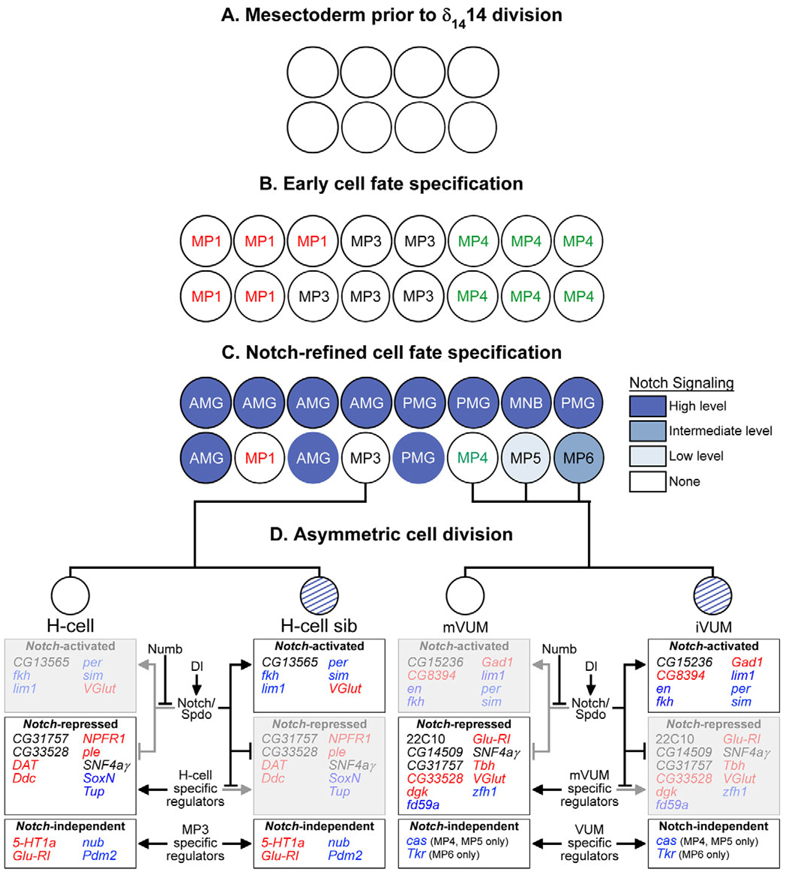Fig. 8. Model of Notch regulation of midline cell fate in Drosophila.
(A) Mesectodermal cells meet at the ventral midline before the stage 8 δ1414 division. Little is known regarding influences on midline cell development at this stage. (B) After the stage 8 division, but before Notch signaling, the 16 midline cells can be considered as three equivalent groups of cells: MP1s, MP3s and MP4s. (C) After Notch signaling, the 16 cells acquire specific fates, and differ in their levels of Notch signaling as indicated by the expression of Su(H)-lacZ reporter. For simplicity, midline cells are shown as paired cells along the anterior-posterior axis. The precise anterior-posterior and left-right positions of individual cells are unknown, except that AMG, MP1 and MP3 tend to reside in the anterior half, and PMG, MP5, MP6 and MNB in the posterior half. Different shades of blue indicate relative levels of Notch signaling. (D) Asymmetric cell division. Notch signaling is required for MP3–6 asymmetric cell fates. Notch signaling is active (blue diagonals) in H-cell sib and iVUMs, and inhibited in H-cell and mVUMs. Assayed genes expressed in the MP3 and VUM lineages are shown below each neuron: bold text indicates expression, whereas the light, shaded text indicates repression. Genes are categorized as either Notch-activated, Notch-repressed or Notch-independent. Functional classes of genes are color-coded: transcription factors (blue), neural function genes (red) and others (black).

